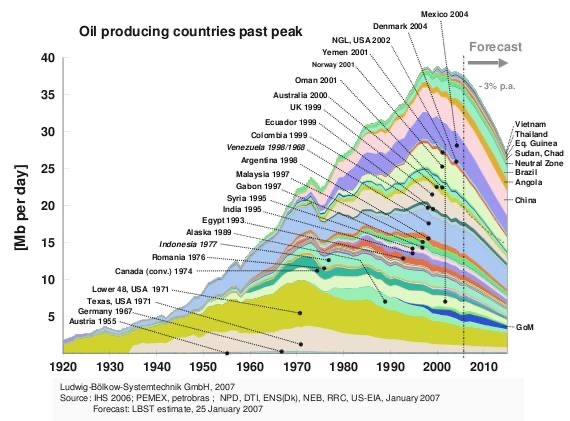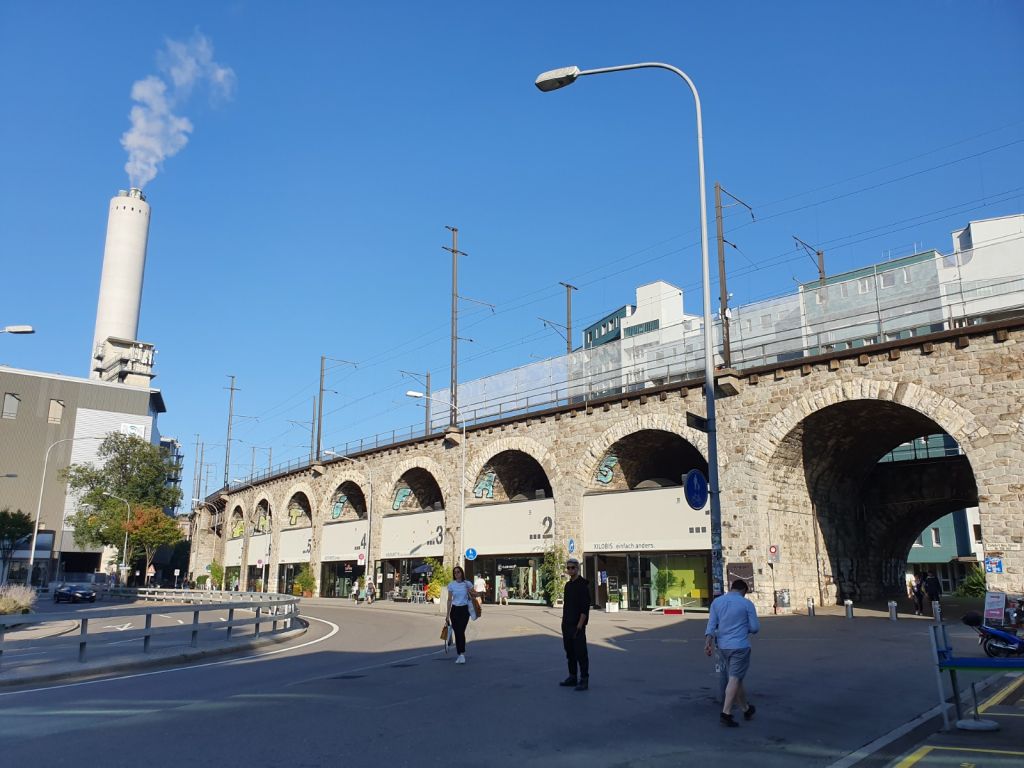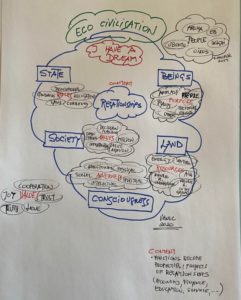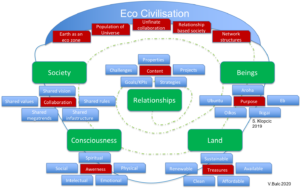Seeking the green way out of the pandemic
09th April 2020
Jurij Giacomelli
Early lessons from the pandemic may help to accelerate the European Green Deal with their irreversible effects on mobility.
“Since Covid-19 started spreading across Europe, the travel restrictions implemented by governments have severely impacted our operations and forced a significant number of flight cancellations. More recently, we’ve been working hard to repatriate around 45,000 customers, and we continue to work with governments to support the ongoing effort to get people home.
However, it has become increasingly difficult to operate flights whilst guaranteeing the wellbeing of our customers and crew. Therefore, we have taken the difficult decision to ground all easyJet aircraft until further notice.”
This announcement by EasyJet on 2nd April 2020 implicitly demonstrates how irreversibly the global lockdown has affected the airline industry. The changes in passenger habits, regulations, and economics are most likely going to be even more drastic in the low-cost segment, where EasyJet, together with Ryanair – whose fleet of over 450 Boeing 737 BA-800s is standing idle in Dublin – Germanwings, Transavia and other competitors figure among Europe’s leading airlines.
The effect of the global lockdown due to the coronavirus pandemic pervades not only the airline industry. It will change transportation in general, and other factors, including sanitary and green regulations, along with accelerated investments in infrastructure, may decide both its pace and the extent to which both travelling and commercial transport may become more sustainable already in the mid-term.
Reduced mobility will continue to redesign our lives even after the pandemic
Reduced mobility, monitored by Google-generated data (https://www.google.com/covid19/mobility/), shows that the most developed countries have suffered an 80% or more reduction in daily circulation related to retail, recreation and similar activities, while work-related daily mobility has been at least halved. After years of campaigning to discourage the use of personal vehicles, buses, subways and trains are now the new “enemies”, writes Ansa’s journalist, Andrea Morelli. Public transport operators have already been preparing careful plans to ensure safe travelling for commuters and other passengers. This includes delimited spaces in waiting rooms, with ample space and seats set far apart, and a limited number of passengers accepted on each train and bus to guarantee a safe distance. Long queues delimited by crowd control stanchions belong to the past; longer waiting times and the necessary amount of patience seem to be inevitable. Metro and railway stations will have to tackle new issues related to the management of common spaces, starting from stricter sanitary standards. We will have to get used to spacing routes and controls. Certainly, means of transport will be cleaned and disinfected after each journey.
It is clear that air transport is going to be the most disrupted part of the industry. After decades of low-cost expansion, price competition and contractions of the spaces between the seats, companies will have to undergo a complete redesign of their service processes. Thermal scanners on boarding, gloves and masks for passengers, pre-assigned seats to match adequate distance, frequent sanitation of toilets, strictly sealed meals, and cleaning and sterilisation of cabins at the end of each flight will become the new norms.
A call for a European regulatory redesign of the travel and transportation sector
These conditions call for substantial regulatory redesign across the entire industry, which limits space for low-cost strategies leveraging upon high utilisation rates, standardised and simplified processes and flexible labour. So, before the International Air Transport Association (IATA), the EU Commission and nation states step up with their respective interventions, early understanding of the effects of the pandemic should be translated into useful guidelines. This could help us deduce useful learning, so that public money will be better and more wisely spent than on restoring what was unsustainable and hazardous for the health of millions in the first place.
This unprecedented global event has dramatically changed our lives as travellers. Moreover, free movement of goods, not just citizens, across the EU has come under severe test. So, rather than frenetic bailouts of privileged airline carriers, the regulatory design should reframe the way Europeans – and not only them – commute, travel, move goods across the continent and trade with others.
The changing transportation outlook should further encourage the development of useful and, above all, sustainable alternatives in the shortest time possible. It is perhaps the single most important area for the EU post-pandemic recovery plan, the kind of Marshall Plan that the President of the EU Commission Ursula Von der Leyen recently avowed. All this must be tackled in order to accelerate the EU recovery, better connect the continent, reduce pollution, encourage more sustainable business models in all industries, not just transportation, and distribute the expected recovery stimulus evenly.
An opportunity stretching far beyond the sheer environmental effects of transport
We are aware that roughly a quarter of global CO2 emissions derive from transportation, so the lockdown offers us an unprecedented opportunity to move forward. In the EU, three quarters of CO2 emissions are caused by road transport. Electrification of road transport and drastically moving freight, commuters and mid-range travel to rail wherever possible, while regulating air travel, which is by far the largest polluter, may be the right framework to turn short-term reductions in air pollution into long-term benefits and bring Europe closer to carbon neutrality.
This will require substantial transformative effort. However, the opportunity is now and the road back to normal must not lead to the same life as before. Certainly, such a strong and well-coordinated incentive may further exacerbate already significant consequences for the future organisation of work, travel and life in general; mostly positive ones as far as quality of life is concerned. Apart from the sanitary and other health-related measures in transportation and in public places in general (schools, offices, railway stations or airports, as well as in restaurants and bars, theatres and stadiums), we should demand that the EU Commission and national governments impose clear incentives and limitations for what future mobility will look like and incentivise the transition through investments in infrastructure and cross-border cooperation.








